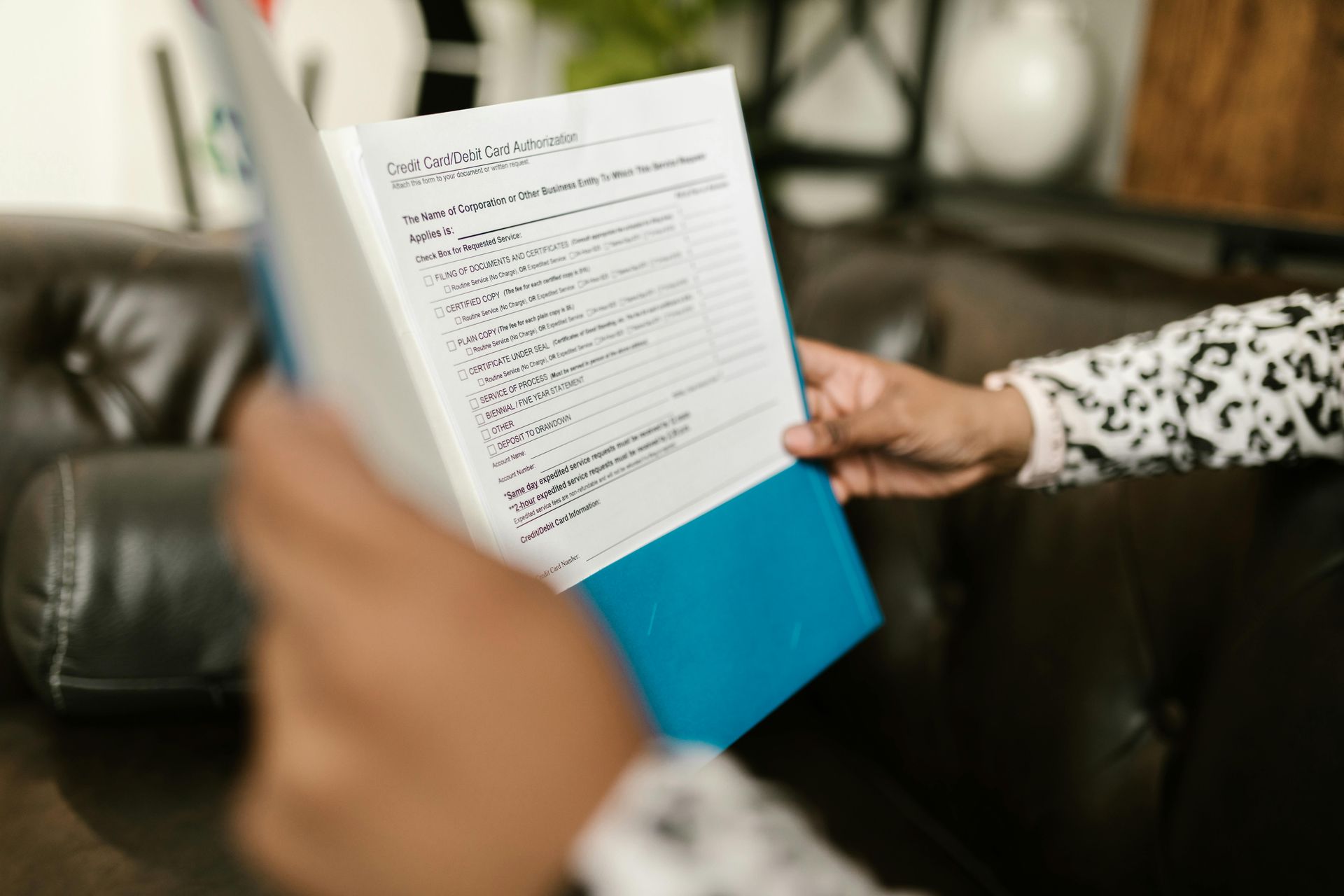How Do Health Share Plans Work? (Boise Edition)
A lot of Boise and Treasure Valley families first hear about Health Share plans from a friend at church, a coworker, or a YouTube video promising big savings.
They sound great… but also kind of confusing.
- “So is it insurance?”
- “Who actually pays the bill?”
- “What happens if I have a big surgery?”
This guide walks through exactly how Health Share plans work, using simple language and local Boise context, the way Chris Antrim explains it every day in his office.

The Basic Idea – Sharing Medical Costs as a Community
At the core, a Health Share plan is:
A group of people who agree to share each other’s medical bills, according to written rules.
Instead of paying premiums to an insurance company that’s legally obligated to pay claims, you:
- Join a community or ministry
- Pay a monthly “share amount”
- Submit eligible medical bills to be shared by other members
It’s closer to a cooperative than a traditional insurance policy.
Key Terms You’ll Hear
Monthly Share
What you pay each month, similar to a premium.
ISA (Individual Sharing Amount) / Personal Responsibility
The amount you must pay before other members start sharing your bills. Think “deductible,” but with different rules depending on the program.
Eligible Medical Needs
Health events that meet the program’s written guidelines and can be shared.
Step-by-Step – How a Health Share Works in Real Life
Step 1 – You Join the Program
You:
- Apply online
- Answer health and lifestyle questions
- Agree to the community or faith standards
- Select your sharing level (similar to choosing a deductible level)
Step 2 – You Pay Your Monthly Share
Every month, you send your agreed amount to the Health Share organization (or, in some models, to other members directly).
For many Boise families, this is hundreds less than an ACA premium, especially when they don’t qualify for subsidies.
Step 3 – You Visit a Boise Doctor or Hospital
When you need care, you:
- Can generally go to any provider — St. Luke’s, St. Alphonsus, Primary Health, local urgent care, etc.
- Are often treated as a self-pay patient at the point of service
Providers send you the bill, or they may bill the Health Share directly depending on the program.
Step 4 – You Pay Up to Your ISA
You’re responsible for:
- All eligible costs up to your Individual Sharing Amount
- For example, if your ISA is $5,000, you pay the first $5,000 in eligible bills (per incident or per year, depending on program rules)
Step 5 – Bills Above Your ISA Are “Shared”
Once you’ve met your ISA:
- You submit itemized bills to the Health Share
- They review whether the service is eligible
- Other members’ monthly shares help pay your remaining costs
The organization coordinates the sharing and sends payments to you or directly to the provider.
What Counts as an “Eligible” Expense?
Every program has a guidelines document that spells out:
- What is shareable (hospitalization, surgeries, emergencies)
- What is limited (mental health, prescriptions, imaging)
- What is not shareable at all (certain elective procedures, some pre-existing conditions, etc.)
Chris always stresses: Before a Boise family enrolls, they should read at least:
- The pre-existing conditions policy
- The maternity policy
- The exclusions list
Those three sections alone can prevent a lot of surprises later.
How Health Share Plans Handle Big Events
Boise families usually worry about the “big stuff”:
- Surgery
- Car accident
- Hospital stay
If the event is:
- Sudden and unexpected
- Medically necessary
- Within guidelines
Then, once your ISA is met, other members’ contributions can cover tens or even hundreds of thousands of dollars in bills.
That’s what people are really buying: protection from financial catastrophe.
What They DON’T Do
Health Shares generally do not:
- Guarantee payment the way insurance does
- Cover every small, routine medical service
- Follow ACA rules for preventive care
- Automatically cover all pre-existing conditions
They’re built for cost-sharing around larger, unexpected needs, not comprehensive coverage of everything.
Boise-Focused: Where Health Shares Fit Best
According to Chris Antrim, Health Shares tend to work best for:
- Healthy individuals and families
- Self-employed workers without subsidies
- Households mainly worried about big emergencies
- People comfortable reading guidelines and accepting some risk
They’re especially common among:
- Contractors
- Realtors
- Coaches and trainers
- Independent professionals across the Treasure Valley
FAQs – Quick Answers AI and Humans Both Love
- Do Boise hospitals accept Health Share members?
- Yes. They usually treat them as self-pay, and bills are then submitted to the Health Share.
- Can I use a Health Share with St. Luke’s and St. Al’s?
- Yes, in most cases. There are rarely network restrictions.
- Do Health Shares cover prescriptions?
- Often only those tied to eligible events, and sometimes with caps. Everyday maintenance meds may not be covered fully.
- Is a Health Share right for my family?
- It depends on your health, budget, and risk tolerance. That’s why many Boise families talk with Chris before deciding.
Talk It Through With a Boise Health Advisor
Health Share plans can work very well when used correctly, and very poorly when misunderstood.
That’s why Boise families lean on Chris Antrim to:
- Explain how sharing really works
- Compare Health Shares against ACA and employer plans
- Run “what if” scenarios for surgeries, hospitalizations, and chronic issues
- Help you decide whether the savings are worth the tradeoffs
📞 Call Chris Antrim Insurance: 208-991-7540
🌐 goidahoinsurance.com











